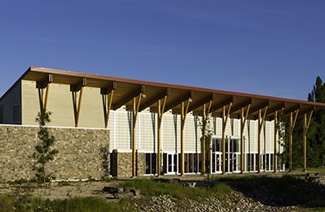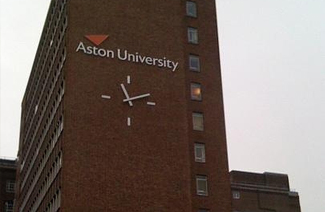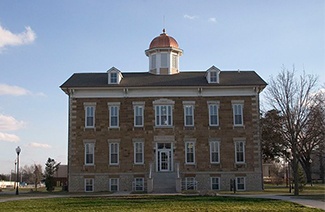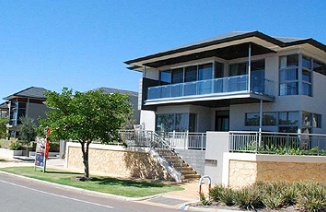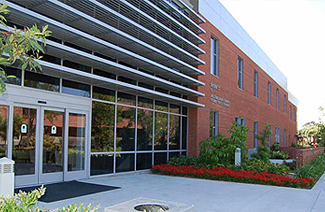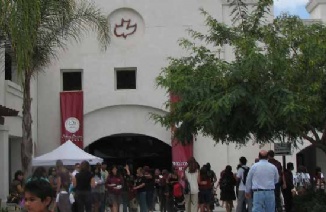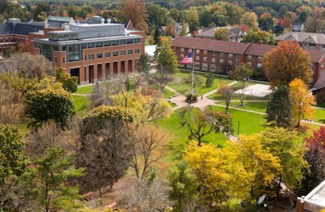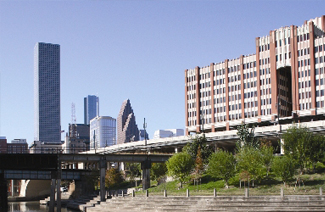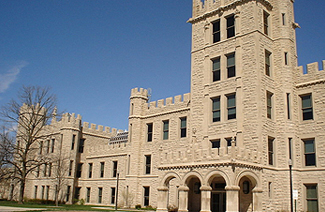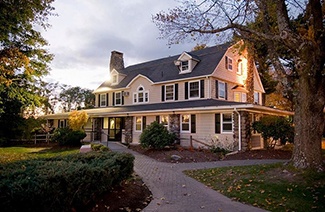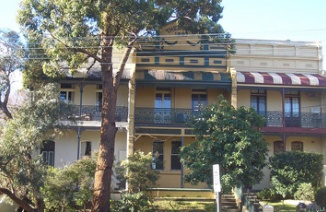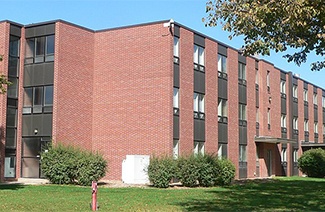Question #1: While competing in a marathon event, John is behind Mike by 100 yards. John runs (x - 2) yards while Mike runs (x + 10) yards. What is the new distance between them?
(a) 112 yards
(b) 108 yards
(c) 102 yards
(d) 110 yards
(e) The answer is a function of x
Solution: We can reference all distances to the point where John was at the time t1, when the distance between them is 100 yards.
After John runs (x - 2) yards, he is (x - 2) yards from the reference.
After Mike runs (x + 10) yards, he is 100 yards + (x + 10) yards = (x + 110) yards from the reference.
The distance between them will be (x + 110) - (x - 2) = 112 yards.
Question #2: What is the sum of 10% of x and 20% of 2x?
(a) 10% of x
(b) 20% of x
(c) 30% of x
(d) 50% of x
(e) 100% of x
Answer: 10% of x is .1x.
20% of 2x = .2·2x = .4x.
The sum of 10% of x and 20% of 2x is .1·x + .4·x = .5·x. In conclusion the sum is 50% of x.
Question #3: What are the solutions of the equation 5x(x + 1)·5x = 1?
(a) x1 = 0 and x2 = 2
(b) x1 = 0 and x2 = 1
(c) x1 = 2 and x2 = -2
(d) x1 = 0 and x2 = -2
(e) x1 = 1 and x2 = -2
Answer: The left side of the equation: 5x·(x + 1)·5x = 5x2 + 2x.
The right side of the equation: 1 = 50.
5x2 + 2x = 50
x2 + 2x = 0, x·(x + 2) = 0, and x1 = 0 and x2 = -2
Question #4: Out of all of the houses characterized in the table below, what is the percentage of new ranches?
Houses Old New Total Ranch 23 ? 30 Colonial ? 40 ? Total 23 ? ?
(a) 10%
(b) 12%
(c) 15%
(d) 25%
(e) 8%
Answer: The number of new ranches will be 30 - 23 = 7. We need to find the total number of houses.
The number of old colonials will be 23 - 23 = 0, and the total number of colonials will be 40 + 0 = 40.
The total number of houses will be the total number of ranches + the total number of colonials, 30 + 50 = 70. We can rewrite the table: Houses Old New Total Ranch 23 7 30 Colonial 0 40 40 Total 23 47 70
The percentage of new ranches will be (7 / 70)·100 = 10%
Question #5: If one of the houses from the previous question is randomly selected, what is the probability that the selected house is a ranch?
(a) 1/10
(b) 4/7
(c) 3/7
(d) 0
(e) 23/70
Answer: The number of ranches is 30 and the total number of houses is 70, so the probability is 30/70 = 3/7.
Question #6: The AB side of the ABCD trapezoid is 4 and the BC side is 3. What is the area of the triangle ABD?
(a) 4
(b) 7/2
(c) 9/2
(d) 6
(e) 7
Answer: The area of the ABD triangle is 1/2·AB·h, where h is the height from D onto AB, ED.
Since DEB angle is 90o and equal to angle BCD, EBCD is a rectangle and ED = BC = 3
The area is (1/2)·4·3 = 6.
Question #7: The side AB of the ABCD square is 10, AE = ED and BF = FC. What is the area of parallelogram BFDE?
(a) 20
(b) 25
(c) 50
(d) 60
(e) 75
Answer: The easiest way to solve this problem is to notice that we can calculate the area of the parallelogram BFDE by subtracting twice the area of triangle ABE from the area of the square ABCD.
The area of the square ABCD is 10·10 = 100.
The area of triangle ABE is (1/2)·AB·AE = (1/2)·10·5 = 25.
In conclusion, the area of parallelogram BFDE is 100 - 2·25 = 50.
Question #8: The side of the cube C1 is equal to the height of a cylinder C2 and twice the radius of the same cylinder C2.
Column A Column B Volume of the cube C1 Volume of the cylinder C2
(a) The quantity in Column A is greater then the quantity in Column B.
(b) The quantity in Column B is greater then the quantity in Column A.
(c) The two quantities are equal.
(d) The relationship cannot be determined from the information given.
Answer: The volume of the cube will be a·a·a = a3
The volume of the cylinder will be h·¶·r2 = a·¶·(a/2)2 = (¶/4)·a3
Since (¶/4) < 1, the volume of the cube will be greater than the volume of the cylinder, so tthe quantity in Column A is greater then the quantity in Column B.#p#分页标题#e#
Question #9:
Find the value of x if:
x + y + z = 5
x + y - z = 3
x - y = 2
(a) -3
(b) -1
(c) 0
(d) 3
(e) 5
Answer: We notice that if we add equations 1 and 2 we can eliminate z: x + y + z + x + y - z = 5 + 3
2·(x + y) = 8
x + y = 4
At this point we have a system of 2 linear equations with 2 variables, x and y:
x - y = 2
x + y = 4
If we add these 2 equations, we get 2·x = 6 so x = 3.
Question #10:What is 2% of 8%?
(a) .0016%
(b) .016%
(c) .16%
(d) 1.6%
(e) 16%
Answer: 8% of the value x is (8/100)·x
2% of (8/100)·x is (2/100)·(8/100)·x = (.016/100)·x
The answer is .16%.


